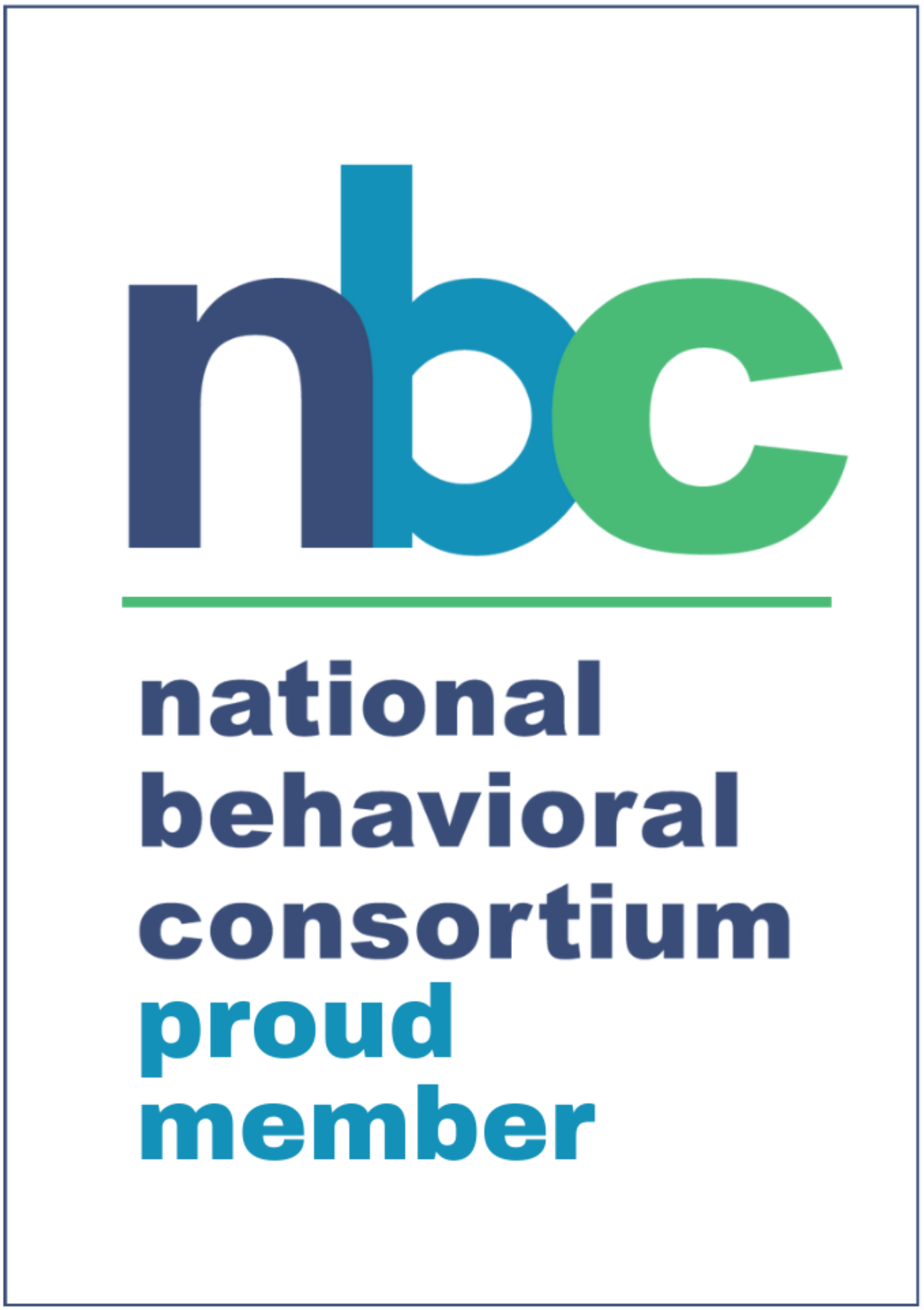When an organization moves from a “Go-Go” phase to the next level, “Adolescence” (Adizes, 1999), the founder is faced with new organizational challenges. In the Go-Go phase the organization was making money, had few administrative departments, had few polices or formalized strategies in place, and had little management structure with defined accountabilities and authority. During the transition it is not uncommon for the founder to disengage then re-engage and disrupt the transition plan and team. This may be due to a number of factors from a need to be in control, disagreement with the policies and procedures being put in place, and regression, to the “that is not how we got where we are” syndrome, anxiety, distrust, and a sense of uncertainty about the future.
The impact on organizational performance and individual performance can be significant. First, the organization will be less profitable as it moves into adolescence almost by definition. The reason is that administrative staff such as HR, mid-level management, and other support staff are being added to move to the next level, and therefore, profitability percentages will drop. Second, the organization may drop in other areas of performance such as customer service and responsiveness because this value and behavior now needs to be systemized and made scalable where before it used to reside in individual staff and in the group norms as a smaller organization. Productivity definitions may change during this transition. When the organization was smaller, productivity could be measured by a few variables rather than a multivariate approach. As the organization gets larger, a multivariate model may emerge.
Individual performance can also be negatively impacted during this transition. Staff who had the skills to perform successfully in a smaller organization may not have the skills to perform in the larger organization. Changing them out or redefining their roles may result in stress for all involved as they were valued employees and now they may not be perceived that way by the new management. New employees may start under-performing as well because they came in full of hope and high expectations and then experience an organization that is giving mixed messages. The psychological impact of this is that these employees may start to be discouraged; feel helpless, angry, anxious, or depressed; lose focus; or engage in counterproductive communication and behavior, among many other negative psychological states.
As your organization goes through transitions like this, it will be helpful to keep these elements in mind when you encounter performance problems. Having a testable hypothesis is the first step to managing the changes.
Have a day filled with equanimity,
Robert A. Mines, Ph.D.
CEO & Psychologist
Reference
Adizes, Ichak. (1999). Managing Corporate Lifecycles. Santa Barbara, CA: Adizes Institute.







Leave A Comment